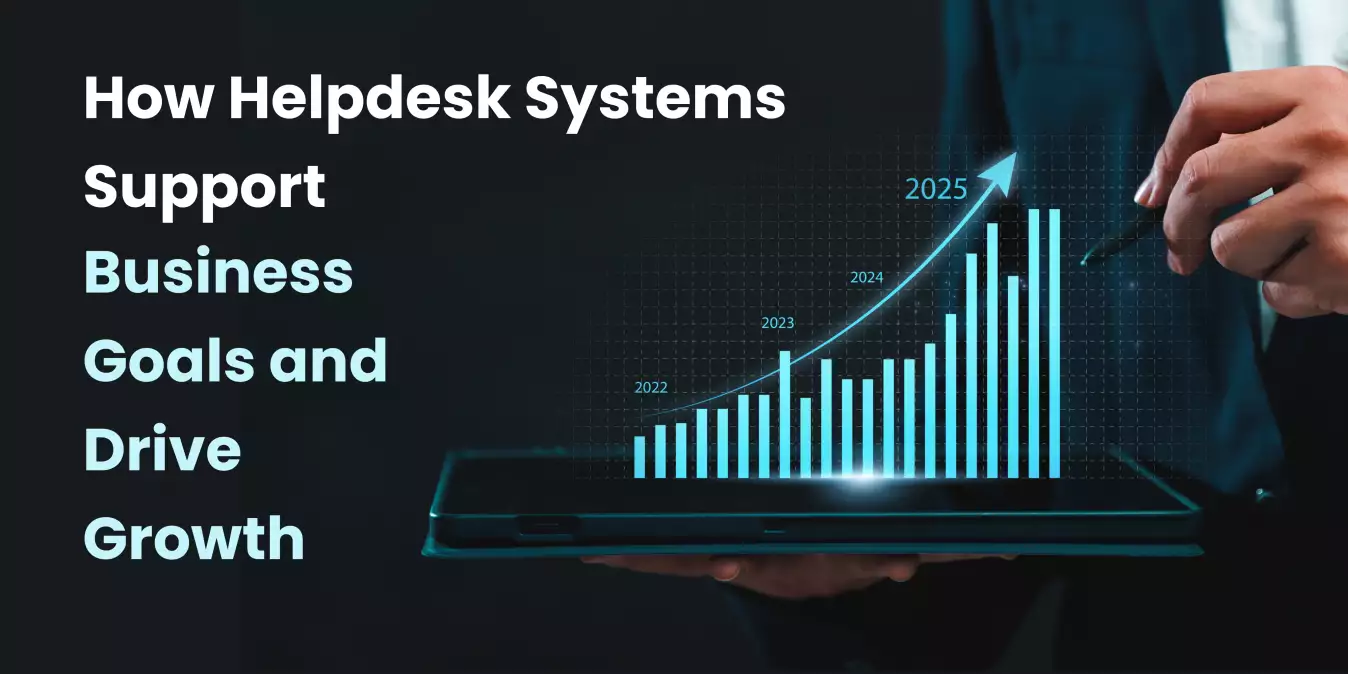Getting helpdesk software into your business can come with its fair share of headaches. First, you’ve got to figure out how to blend the new tools with what you already use, then how you can keep everything running easily during the switch, plus how you should train everyone on the team.
Despite these, you always have to keep in mind that using helpdesk software can seriously level up your operations. It can make customer service run easily and help your business grow. The trick is to handle those challenges wisely so you can enjoy all the benefits that come with it.
In this article, I’m going to walk you through the biggest challenges you might run into with helpdesk software. We’ll also chat about the opportunities it brings and share some tips for getting past those bumps in the road. Knowing this can help you make smarter decisions as you consider adopting a helpdesk system.

Helpdesk software always brings customer support together and makes managing issues as easy as possible. You’ll notice how it improves communication between you and the support team, leading to faster solutions and happier customers.
The benefits of helpdesk software go way beyond just assisting customers.
This makes your experience as a customer better and encourages continuous improvement within the company.
When implementing helpdesk solutions, you might encounter a few challenges along the way.
Adopting new systems can be tricky, but having a clear plan makes a world of difference.
It's important to make sure your support team gets the right training. You want them to feel comfortable using the new helpdesk software. Regular training sessions and easy-to-access resources can help everyone adjust. Furthermore, creating a knowledge base can help your staff solve issues independently.
Don't forget to get buy-in from your stakeholders by clearly sharing the benefits. Involving them in the decision-making process can help earn their support, making things easier for everyone involved. Also, set up regular feedback sessions to handle any concerns as they pop up.
Helpdesk software offers some fantastic opportunities to improve your customer service. For example, it speeds up support and makes everything more efficient. Also, automated ticketing systems can categorize and prioritize requests, so urgent issues get managed quickly, leading to happier customers.
Many helpdesk tools offer live chat and email integration, making it easy for customers to reach out for support on different channels. This easy interaction helps resolve issues faster and builds stronger relationships.
With helpdesk software, you can also gain worthwhile insights into customer behavior. You just have to examine support tickets, and you’ll be able to identify trends and work on recurring problems before they escalate. This proactive approach evolves customer experiences and can even improve your products and services over time.
Helpdesk software can be central to growing your business and keeping your customers smiling. When you simplify your support process, you can handle more inquiries in less time. This keeps customers happy and leads to better retention and some glowing recommendations.
When you consider using helpdesk best practices, you're on the right track to growth. Take a moment to look over the data from your support tickets. It'll help you see what needs fixing. This kind of feedback is gold. It can guide you in refining your products and services, so you stay on top.
Eventually, managing your helpdesk well lifts customer satisfaction. For example, when you resolve issues quickly, you build trust, and that's how you get loyal customers. Happy customers don't just return, they also tell their friends about you!
Helpdesk software is changing, and some interesting trends are popping up, including artificial intelligence. You'll find it's great at handling simple tasks like organizing help requests and sending first replies. That means you can focus your energy on challenging problems, which speeds up response times and makes everything run better.
In addition, self-service options are gaining popularity since most people like taking action about their problems. We are likely to seek a helpdesk software that features more advanced self-service portals and knowledge bases. This way, you'll have all the tools you need to find answers without needing to reach out for help.
Next, cloud-based helpdesk solutions are also in, mainly because they are super flexible and expandable, making it easier for businesses like yours to adapt. With remote work becoming more common, having a cloud solution for helpdesk software is inevitable.
So, as we keep an eye on these trends, you can expect improvements in customer service, productivity, and growth. Staying updated on these changes will definitely help you keep that edge in this dynamic environment.
So, using helpdesk software has advantages and disadvantages. You may face difficulty with integrations and managing changes, but the benefits, like simpler operations and improved customer service, make it worth it. Follow the best practices and integrate AI, and you’ll be able to confidently take on these challenges.
I really appreciate you sticking around to read this. I hope you found some helpful insights about adopting helpdesk software. If you liked it, feel free to share this article, and let's keep the conversation going!

 Csilla Fehér
Csilla Fehér

 Csilla Fehér
Csilla Fehér

 Csilla Fehér
Csilla Fehér